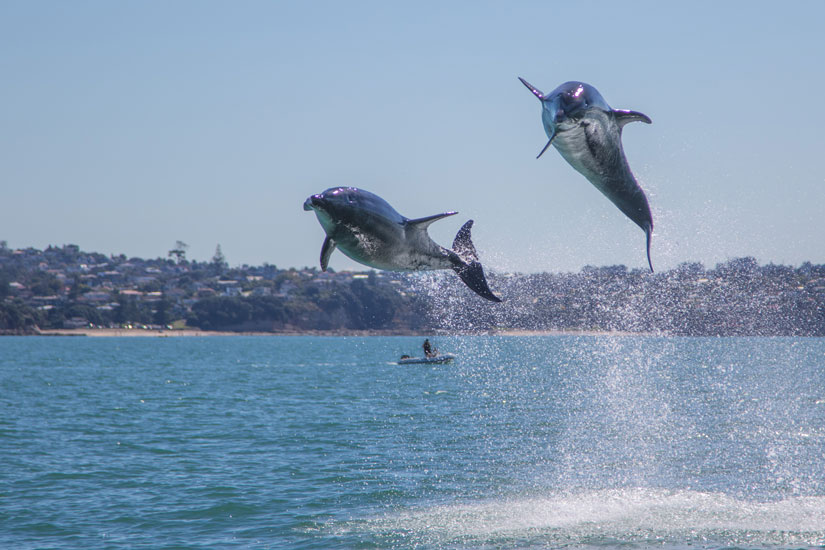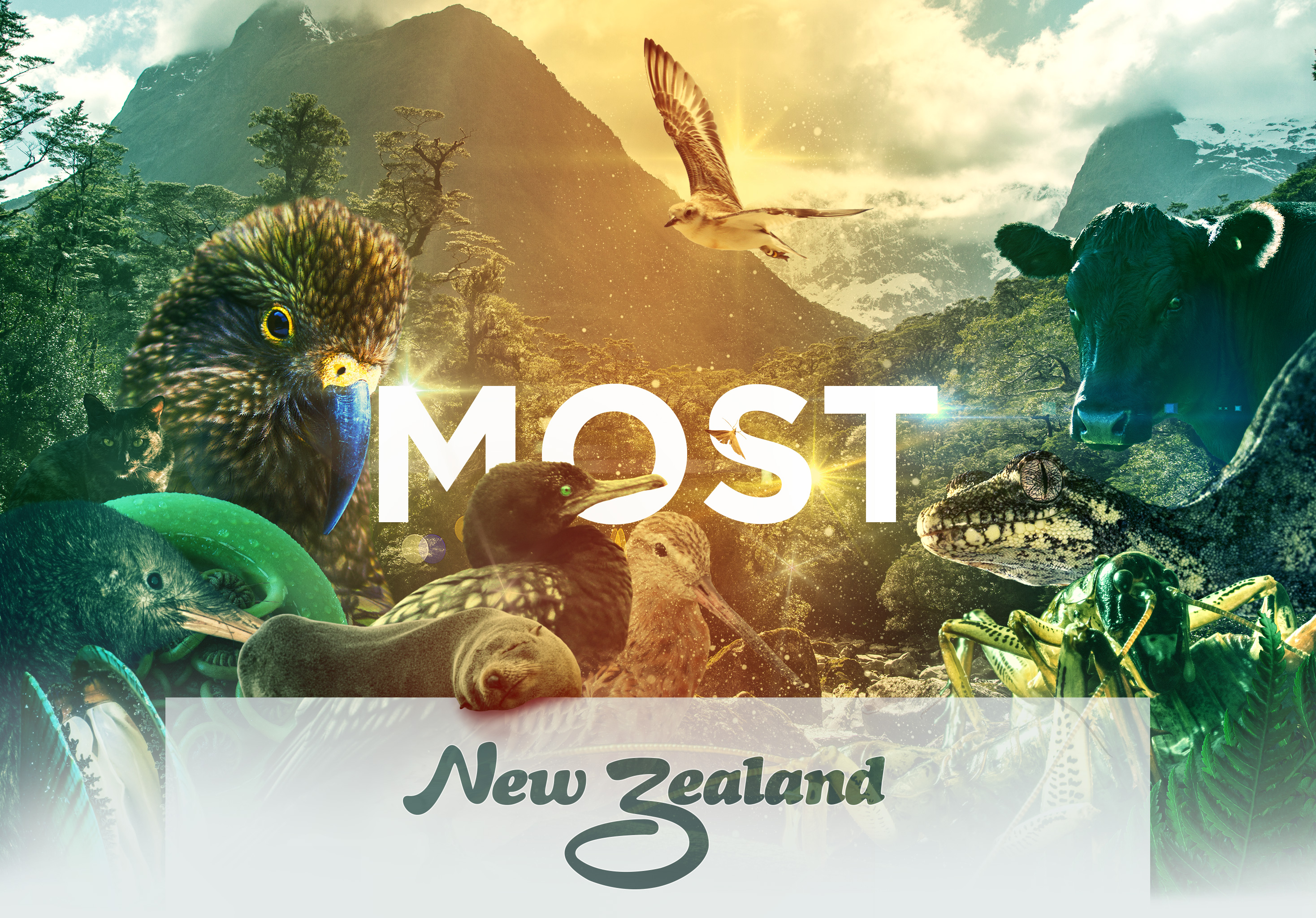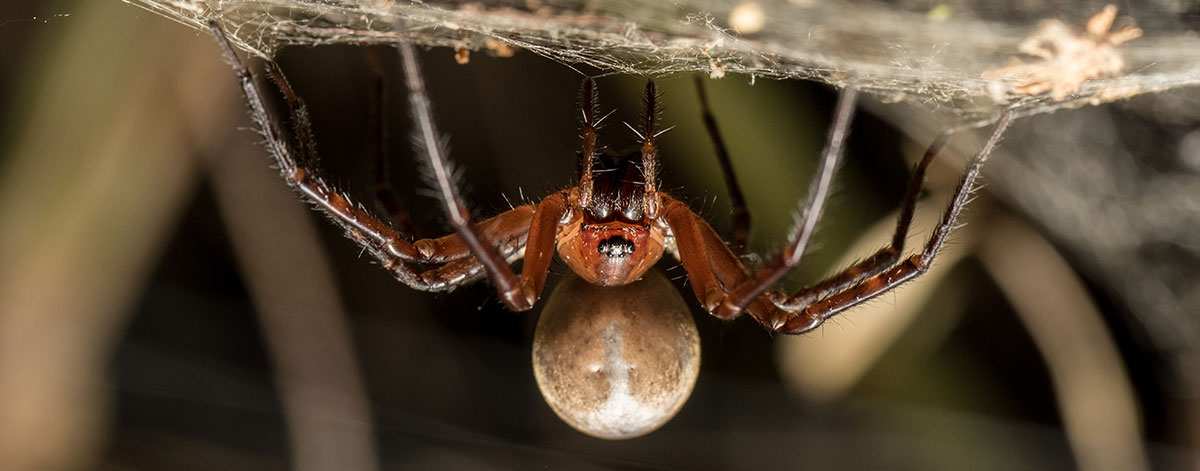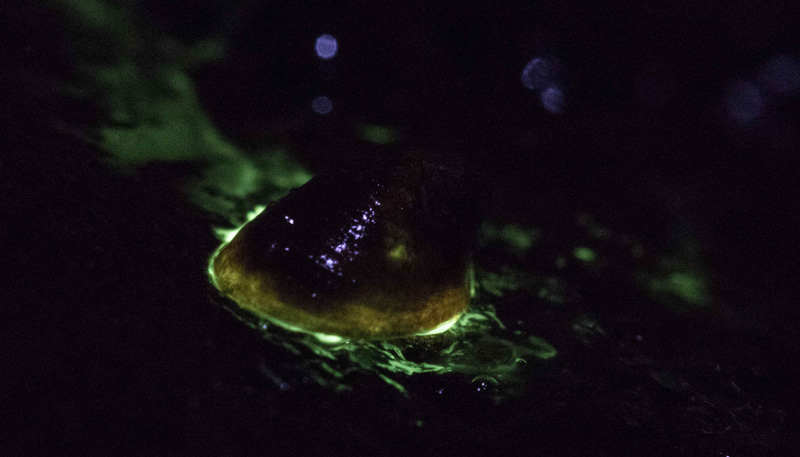I love James Cameron’s 2010 TED talk which has been used in the latest 100% Pure New Zealand campaign.
Like Cameron, I too grew up reading and drawing science fiction and exploring nature. This year my ‘journey of discovery’ took me deep into the Waitakeres for my own Avatar experience.
![]()
There, in the moonlight, I crouched in the middle of a small stream prodding and splashing away like a child. Like Jake Sully I was enchanted with tiny animals that (unlike glowworms who glow for hours) release a bright burst of bioluminescence. The limpets I was teasing are called Latia and they release bioluminescent slime as a defensive mechanism.
You won’t find these alien limpets anywhere else in the world and you also will no longer find them in most New Zealand streams. They need clean water, and we have filled our lakes and rivers with too much sediment for them to survive. Our waterways are far from 100% pure. Most of the rivers that are pristine are high in the South Island where it is too cold for Latia to survive.
Our government wants to treat our streams and rivers like drains. The legislation they have proposed sets extremely low standards for our waterways. I agree with the Parliamentary Commissioner for the Environment – sediment is one of the three big issues affecting our waterways. Yet our Government has not included sediment as an attribute in the National Policy Statement for Freshwater Management, and we can’t manage that which we do not measure.
In the 100% Pure ad James Cameron tells us that ‘curiosity is the most powerful thing we own’. My curiosity has changed the way I see the New Zealand environment. It has altered my enjoyment of the New Zealand wilderness. Where before I just saw bush, now see invasive plants. Having heard the morning chorus in our wildlife sanctuaries I am let down by our silent mainland forests.
So a few years ago I started a personal project about the positive stuff – the things that make New Zealand unique. MostNZ.com is a website showcasing what we can celebrate about New Zealand, how to experience those things and most importantly how to keep them. It’s a lot more honest than the 100% campaign but it’s still advertises New Zealand.
We can grow tourism and the economy by growing, protecting and restoring our wilderness. But to do it we need more, James Cameron; more curiosity, more imagination, more vision.
Let’s at least try for 50% pure. Let’s focus on the quality not the quantity of our exports. Let’s start doing restoration at an industrial scale and let’s really invest in our scientists who dream of a predator free New Zealand.
Like the narrative arc of James Cameron’s blockbusters we have tasks to master, battles to win and transformations to witness. The New Zealand story must have our unique environment at its heart.
James Cameron ends his Ted Talk with ‘‘No important endeavour that required innovation was done without risk.” – “Failure is an option, but fear is not.”










